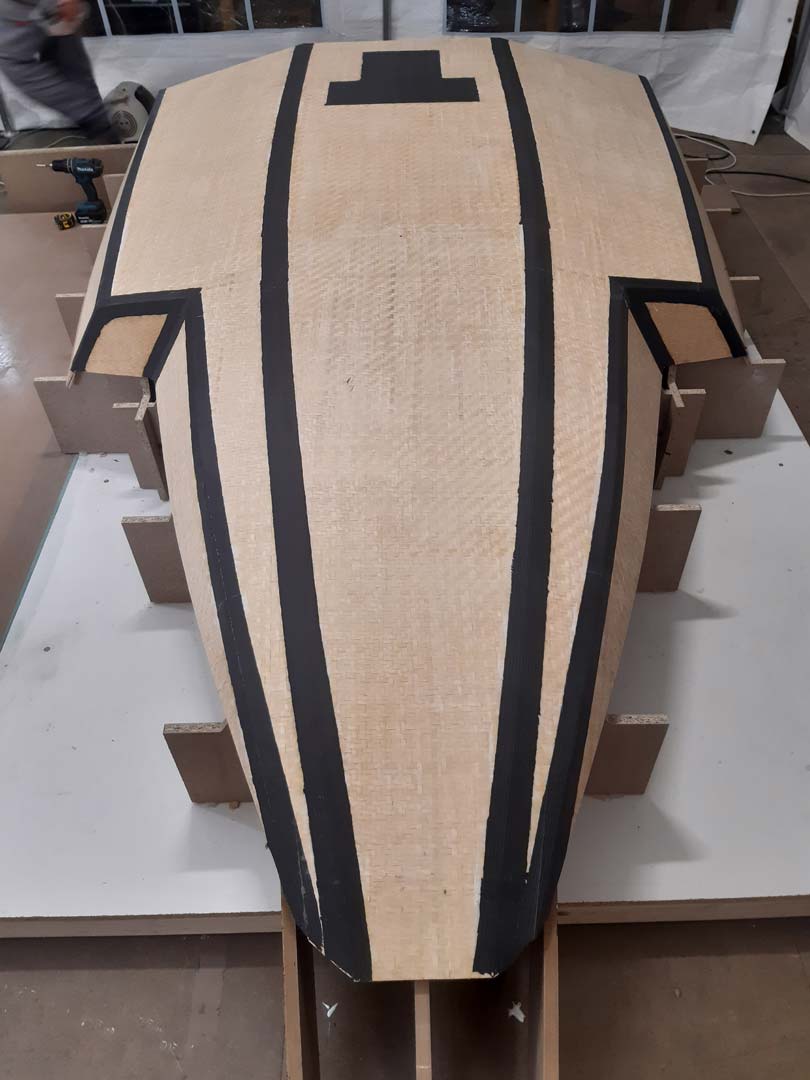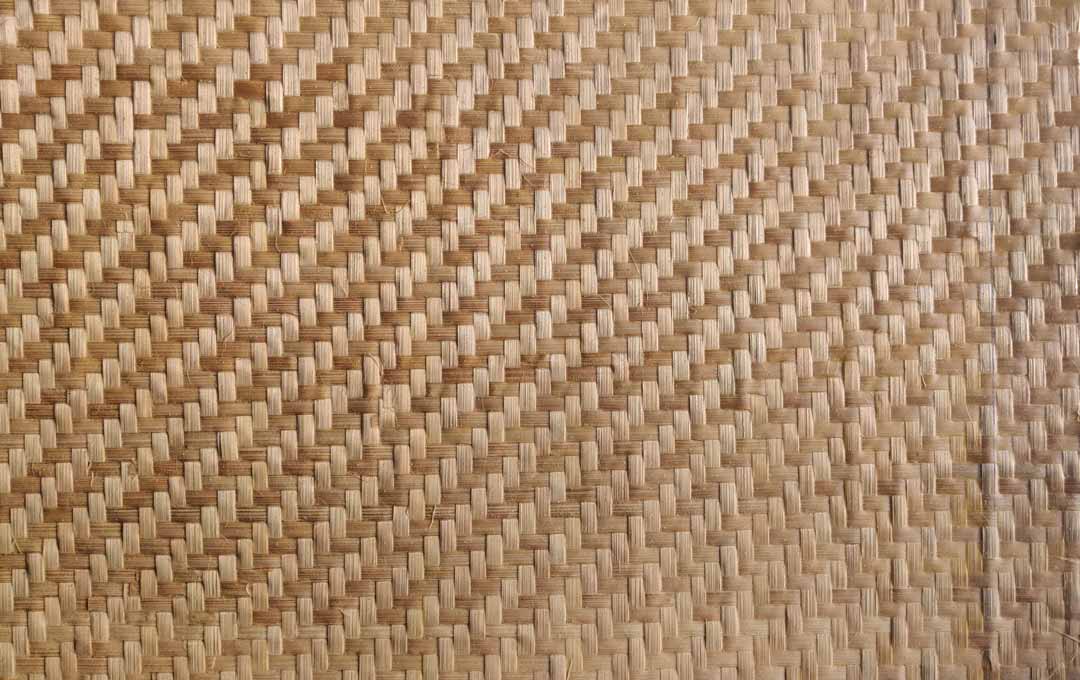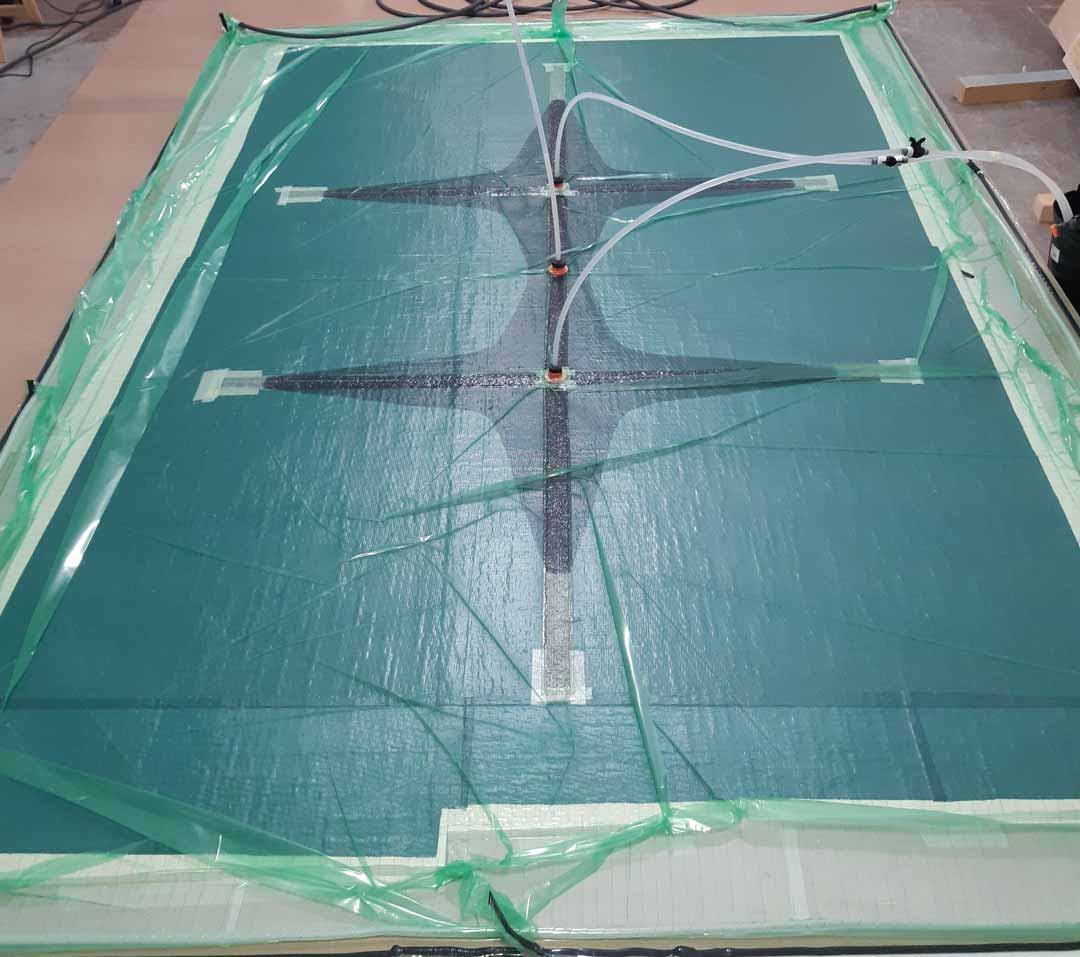FLOKI 6.5 – A NEW BIO-BASED MINI 6.5 RACING YACHT FOR THE MINI TRANSAT 6.5 RACE
As a pioneer in the development of high-performance bio-based epoxies, Sicomin has worked alongside some of the most innovative yacht builders, as they challenged the conventional composite material thinking and looked for more environmentally friendly options. Sicomin’s latest bio-composite success story features the company’s GreenPoxy® resins in the build of a uniquely sustainable new Mini 6.5 class yacht the FLOKI 6.5
Designed by Antoine Mainfray, a leading naval architect and bio-composite specialist who has built and engineered structures and components for some of the worlds fastest racing yachts in the IMOCA, VOR and ULTIM classes, the 6.5m FLOKI showcases the latest in bio-composite materials and a cost-effective flat panel build process.
Mini 6.5 class yachts were first proposed by UK sailor Bob Salmon in the late 1970’s as a new class of small, simple, and cheap to build singlehanded racing yachts that would counter the rising costs involved in the sport at the time. Even today, the biennial Mini-Transat 6.5 race, from France to the Caribbean (via a short pitstop in the Canary Islands), remains one of the most competitive ocean races and a hot bed for new design innovations and experimental composite constructions.
Staying true to the roots of the class, Antoine’s initial design concept for the FLOKI 6.5 was to focus on simplifying both the design and the build process itself, using pre-made infused panels shaped over frames or in a jig rather than an expensive female mould. Antoine’s previous designs – Aloes 18, Flow 19, Flow 25 – had incorporated natural fibre reinforcements and bio-epoxies in certain areas but he was determined that the FLOKI 6.5 should be entirely built from bio-based or recyclable composites.
Antoine had successfully incorporated GreenPoxy resins into his earlier designs, with these initial results, excellent mechanicals, DNV GL type approval and the support of the Sicomin Technical Team all coming together to make the resin choice an easy one. InfuGreen 810 was selected for the flat table infusion of the hull, deck, roof, and structural panels with the GreenPoxy 33 laminating resin chosen for secondary lamination of the assembled parts. Both resins can be used with different hardener speeds depending on the component size and curing time required.

Sicomin’s GreenPoxy resin range is fully compatible with a wide range of traditional composite fibres and fabrics as well as more sustainable bio-based reinforcements. For the FLOKI 6.5, Antoine worked with bamboo textile specialists Cobratex, selecting their 350gm 2×2 twill weave bamboo fabric for the hull, deck and roof panels. As well as excellent environmental credentials, the Cobratex material actually has a negative carbon footprint, this novel reinforcement provides several unique benefits. The bamboo strips act as tiny sandwich structures that absorb very little resin, enabling high reinforcement ratios in the finished laminate. With a density only half that of carbon fibre and impressive sound and vibration damping qualities, the bamboo reinforcements produce a highly functional as well as ecological bio-composite structure. With the bamboo twill forming the primary laminates for the FLOKI 6.5, a 300gsm stitched +/-45˚ flax fibre fabric was also used for the secondary bonding and taping in the structure.
Maximising the inclusion of sustainable materials onboard, sandwich panel sections of the FLOKI 6.5 will use AIREX’s latest T92 PET foam formulation – 80kg/m3 and 100kg/m3 densities in 10mm and 20mm thicknesses – that is the first to be manufactured from post-consumer recycled PET drinks bottles. The T92 core for the project, which also features AIREX’s SealX surface treatment that halves the resin uptake of the core material, is also delivered by Sicomin as part of their range of complimentary core, reinforcement and process consumable products supplied with their resin systems.
Building with a hull jig rather than a traditional plug or mould, allows the build to start almost straight away. As soon as the jig is in place and the first bamboo fibre and Infugreen 810 panels have been infused, the next steps in the hull and deck build can follow:
• Cutting of the hull panels using CNC cut templates
• Dry fitting and setting up of the panel structure onthe jig
• Forming the hull’s planks on the jig and bonding them in place
• Secondary lamination between the hull panels
• Lifting and flipping the hull
• Secondary lamination on the inner hull skin (planks and bulkheads, local reinforcements)
• Deck and cockpit panels fitted directly to the composite structure
• bonding of the roof (the roof is made on its own jig using the same process as the hull)

Smaller components such as the yacht’s rudders will be built in their own moulds using a mix of bamboo and carbon fibres along with GreenPoxy 33 resin. The FLOKI 6.5 build is now well underway at Antoine’s workshop near La Rochelle with the launch and sea trials planned for April-May 2021, ready for the start of the Mini 6.5 racing season.

“We have built quite some expertise with naturals fibres and Sicomin’s bio-resins during our previous projects For the FLOKI 6.5 it was really important to us to have materials that didn’t compromise in terms of performance and processability, as well as being green.v This is where Sicomin are so strong, the GreenPoxy range delivers that performance and is so easy to work with!”
Sicomin are thrilled to see such a complete adoption of bio-based composites in a performance racing yacht and are looking forward to seeing the FLOKI 6.5 on the water soon.

